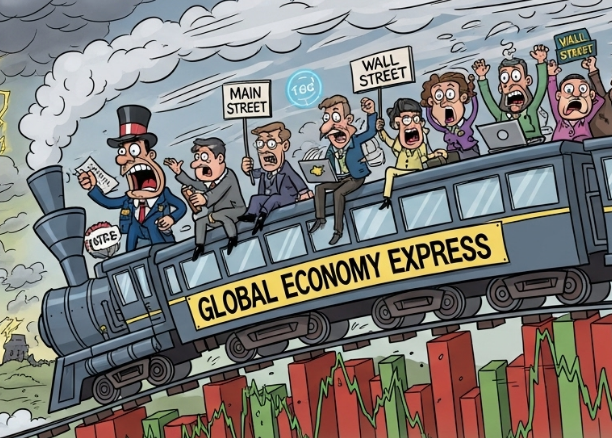
The biggest market catalyst of 2025 is about to hit, and most people are completely unprepared.
You’ve been watching the market whipsaw for weeks now, haven’t you? One day everything’s green, the next it’s a sea of red. But here’s what I want you to understand: this isn’t random chaos. This is the market positioning itself for something massive that’s about to happen.
The Federal Reserve is about to make a decision that could reshape your entire investment strategy. And while everyone else is getting dizzy from the daily ups and downs, I’m going to show you how to position yourself to profit from what’s coming next.
Weekend Warriors and Market Drama: Why Volatility is Your Friend
Let me paint you a picture of what just happened. Over the weekend, we saw a perfect example of how markets behave before major announcements. Prices surged, then immediately crashed back down—a classic pattern that veteran traders know by heart.
But here’s what most people miss: this isn’t a sign of weakness. It’s a sign of anticipation.
Think about it like this—imagine you’re at a concert and the crowd keeps getting restless, jumping up and sitting down, before the main act comes on stage. That restlessness? That’s not boredom. That’s excitement building up with nowhere to go.
Your opportunity lies in understanding this pattern while others panic.
The question everyone’s asking is whether markets will move before the Fed announcement or after. But that’s the wrong question. The right question is: are you positioned to benefit either way?
Market Sentiment: Reading Between the Lines of Fear and Greed
Here’s something fascinating that most people don’t pay attention to—while prices dropped, funding rates didn’t collapse. What does this tell you?
Big money didn’t run. Only retail investors panicked.
I’ve been tracking institutional flows, and the data is crystal clear: while small investors are selling, large capital is quietly accumulating. Exchange outflows are increasing, which means smart money is moving assets off exchanges and into cold storage for the long term.
This is textbook accumulation behavior—the calm before the storm.
When you see this pattern, it’s usually followed by significant price movements in the direction the smart money is betting. And right now, they’re betting on a major move upward.
The Fed’s Money Printer: How Rate Cuts Create Investment Opportunities
Let me explain something about Federal Reserve policy that will change how you think about investing.
When the Fed cuts rates, they’re not just adjusting a number. They’re opening the floodgates of global liquidity. Here’s the chain reaction that follows: Interest rates fall, making traditional savings accounts and bonds less attractive, which forces investors to search for higher yields in riskier assets. This creates a massive flow of money into stocks, real estate, and other growth investments, driving asset prices higher as demand surges.
This isn’t speculation—it’s documented historical pattern that’s played out dozens of times over the past decades.
But here’s the kicker: the market doesn’t wait for the rate cut to be fully implemented. It moves on expectations and confirmation. That’s why timing your positions correctly can be the difference between significant gains and watching from the sidelines.
The Institutional Money Movement You Need to Watch
Something big is happening behind the scenes that most retail investors aren’t seeing. Major financial institutions have been positioning themselves for months, not days.
The applications for cryptocurrency ETFs, the corporate treasury allocations, the infrastructure investments—these aren’t reactive moves. They’re strategic positioning for what these institutions know is coming.
When institutional money moves this deliberately, it’s usually because they see something the general public doesn’t yet understand.
The combination of Fed policy changes and institutional adoption creates what we call a “confluence event”—multiple positive factors converging at the same time. These events historically produce the largest and most sustainable price movements.
Your Strategic Framework: Support, Resistance, and Smart Positioning
Let me give you a practical framework for navigating what’s coming. For support levels, watch the strong support at current levels around major psychological numbers. If we break below key support, it signals temporary weakness, while maximum pullback levels would create exceptional buying opportunities. On the resistance side, first resistance sits at previous session highs, and breaking above recent highs confirms upward momentum, with major resistance at previous all-time high levels.
There’s one critical price level that acts as a watershed—above it, everything looks bullish, but below it, you need to be more cautious.
For position management, aggressive traders should dollar-cost average into positions during pullbacks, set tight stop-losses to protect capital, and target logical resistance levels for profit-taking. Conservative investors might wait for breakouts to confirm direction, add to positions on any weakness after confirmation, and maintain strict risk management protocols throughout.
Risk Management Reality Check: Never put more than you can afford to lose into any single position. Before major announcements, volatility increases dramatically. Keep your position sizes manageable and always have cash reserves for opportunities.
The Big Picture: Why This Matters for Your Financial Future
Making money in markets isn’t about predicting every twist and turn. It’s about understanding the major trends and positioning yourself accordingly.
This Fed decision represents the biggest certainty we have about monetary policy direction. When central banks shift their stance, it creates ripple effects that last for months or years, not days.
The key insight: While everyone else gets caught up in short-term price movements, successful investors focus on the underlying forces that drive long-term trends.
Think of it this way—the tide is about to turn, and all boats rise with the tide. Your job isn’t to predict exactly when each wave will hit. Your job is to make sure you’re in the right boat when the tide changes.
Your Action Plan: Turning Policy Into Profit
Here’s what you need to do right now: Stop watching minute-by-minute price movements and start focusing on the bigger picture. Identify your risk tolerance and position size accordingly, then have a plan for multiple scenarios. Ask yourself what you’ll do if markets surge immediately, and what if they dip first? Keep cash reserves ready for adding to positions during any weakness, and set realistic profit targets that you’ll actually stick to when the time comes.
The flow of money always follows predictable patterns. When monetary policy shifts, capital seeks the highest returns available. Your success depends on being positioned before that flow accelerates.
Remember: in investing, being early looks exactly the same as being wrong—until suddenly it doesn’t.
The train is about to leave the station. The only question is whether you’ll be on it or watching it go by.
The bottom line: Major monetary policy shifts create the biggest wealth-building opportunities of any market cycle. This is your moment to position for what could be a multi-month or multi-year trend.
Don’t let short-term noise distract you from long-term opportunity.
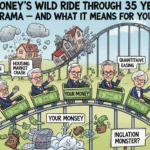
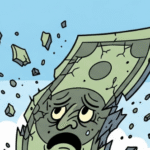
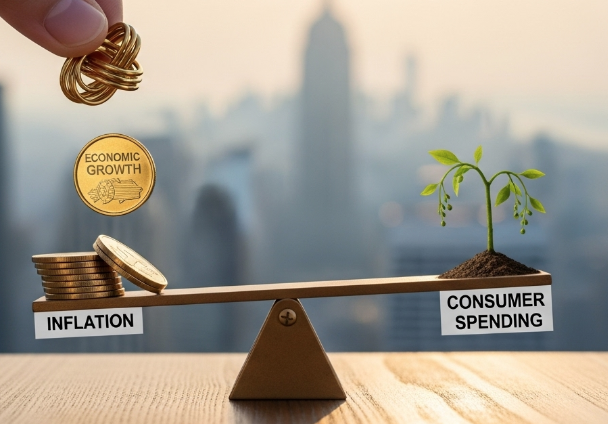
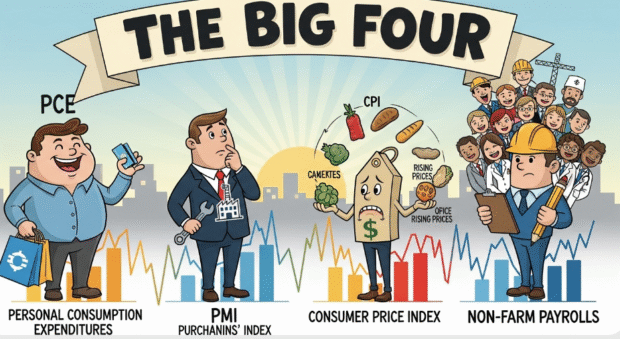
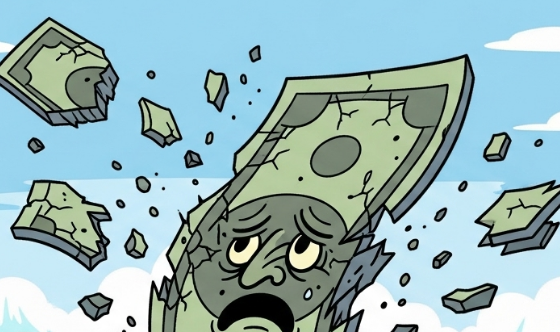
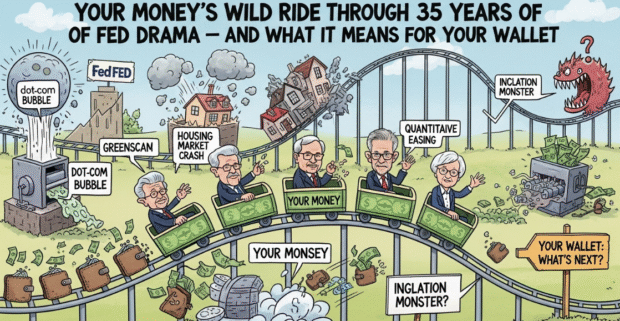
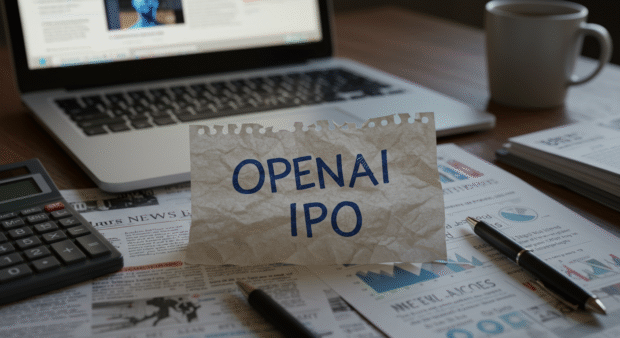
Be the first to leave a comment